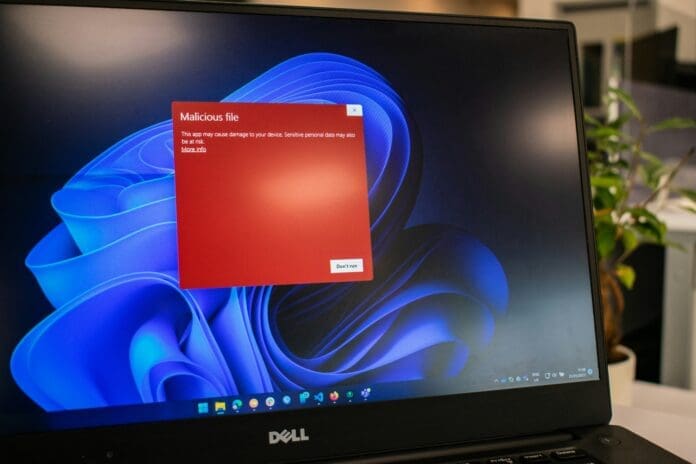This post is also available in:
 עברית (Hebrew)
עברית (Hebrew)
While human error is often seen as a major vulnerability in cybersecurity, new research suggests that non-expert users can effectively identify malware—especially when given basic guidance and tools.
A recent study conducted by the University of Waterloo’s and University of Guelph in a simulated office environment tested how people with varying levels of computer expertise respond to realistic software installation requests. The findings challenge the idea that identifying threats is best left to automated systems or trained professionals.
According to TechXplore, Participants received download prompts via a mock workplace chat platform, designed to resemble typical corporate communication tools. These prompts asked users to install a mix of legitimate and malicious software. Each person was free to investigate before choosing whether to proceed with installation.
In the first phase of the study, overall detection accuracy was 75%. Even users without technical backgrounds correctly flagged suspicious software nearly 70% of the time, while more experienced users reached over 80% accuracy. Interestingly, less experienced participants were more likely to reject legitimate software due to superficial red flags—such as spelling errors or clunky design—yet sometimes failed to notice subtler signs of real malware.
In a follow-up round, participants were given a modified task manager that highlighted specific indicators of malicious behavior, such as excessive file access or unusual network activity. With these added cues and basic instructions, the average detection rate increased to 80%, and the gap between experts and beginners narrowed significantly.
The research highlights the potential of lightweight, user-facing tools to improve threat awareness. The study suggests that well-informed individuals—when equipped with the right resources—can play an active role in preventing attacks.
These findings could be especially relevant for organizations looking to improve cybersecurity without heavy investments in infrastructure. Providing employees with simple alerts and guidance may significantly enhance overall security posture, making the human element less of a weak point—and potentially, a line of defense.


























